Home>Ideas and Tips>Indoor Banana Plant Care Tips: Tropical Foliage Houseplant Guide
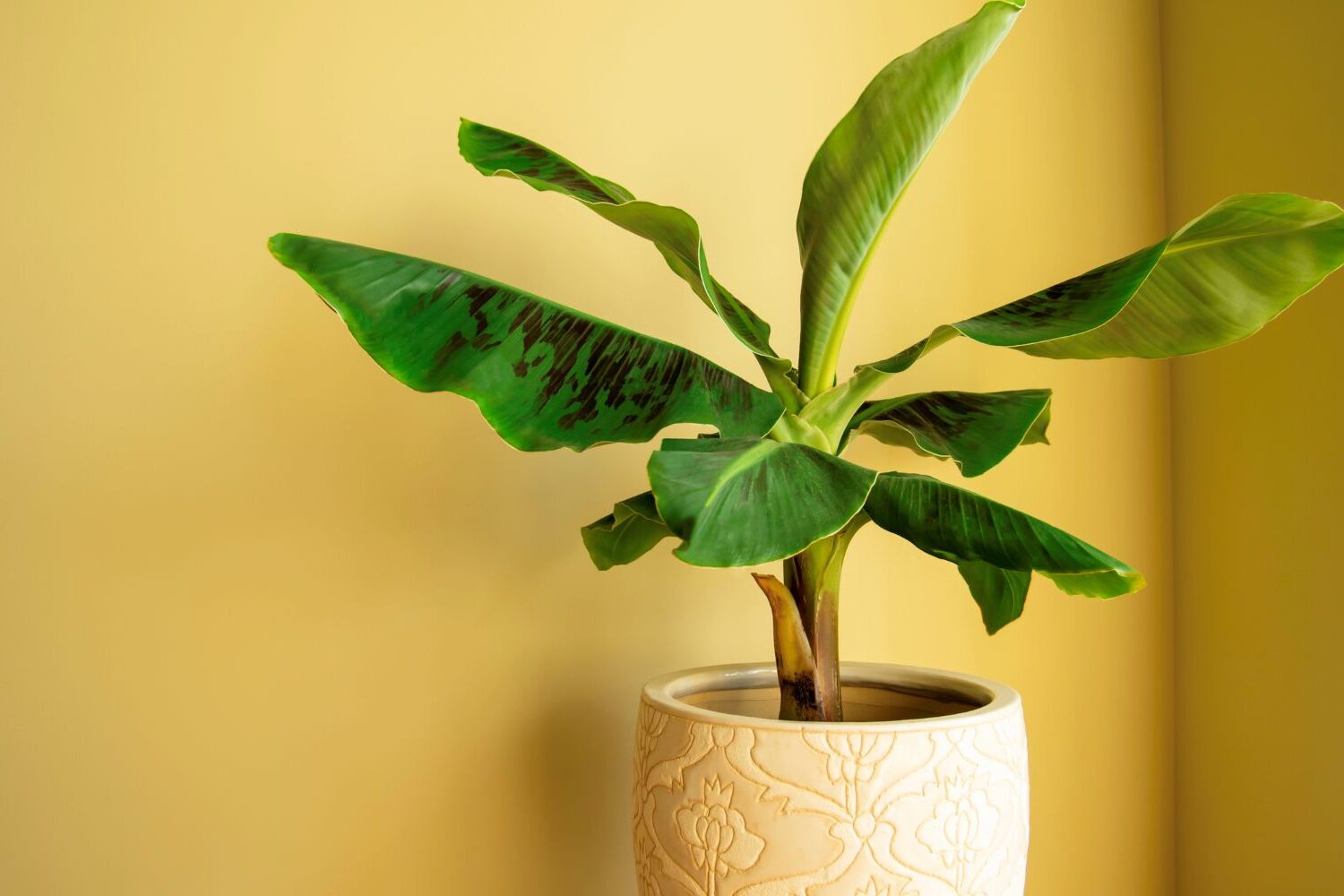

Ideas and Tips
Indoor Banana Plant Care Tips: Tropical Foliage Houseplant Guide
Published: September 25, 2024
Discover essential tips for indoor banana plant care, including light, water, temperature, and fertilization, to keep your tropical houseplant thriving.
(Many of the links in this article redirect to a specific reviewed product. Your purchase of these products through affiliate links helps to generate commission for Storables.com, at no extra cost. Learn more)
Growing an indoor banana plant can be a rewarding experience, bringing a touch of tropical paradise into your home. These plants are not only visually appealing with their large, vibrant leaves but also offer a unique opportunity to enjoy the beauty of a banana tree without the need for extensive outdoor space. However, caring for an indoor banana plant requires attention to several key factors, including light, water, temperature, humidity, and fertilization. In this article, we will delve into the specifics of how to care for an indoor banana plant to ensure it thrives and remains healthy.
Choosing the Right Variety
Before diving into the care tips, it's important to choose the right variety of banana plant for your indoor space. There are several types of banana plants, and some are better suited for indoor growing than others. The most common varieties include:
- Musa Cavendish: This is one of the most popular varieties for indoor growing. It is relatively compact and can grow up to 6 feet tall.
- Musa Dwarf: This variety is even more compact, making it ideal for smaller spaces. It typically grows up to 3 feet tall.
- Musa Basjoo: This variety is known for its cold hardiness but is less common for indoor growing due to its larger size.
When selecting a variety, consider the space you have available and the level of care you are willing to provide. Some varieties may require more frequent watering or more direct sunlight, so it's crucial to choose one that fits your lifestyle and environment.
Light Requirements
Light is one of the most critical factors in caring for an indoor banana plant. These plants are tropical and require plenty of light to photosynthesize effectively. Here are some tips for providing the right amount of light:
- Direct Sunlight: Most banana plants prefer direct sunlight for at least six hours a day. Placing them near a south- or west-facing window is ideal as these windows receive the most direct sunlight.
- Indirect Light: While direct sunlight is preferred, some varieties can tolerate indirect light. If your plant is placed in a spot with filtered light, make sure it still receives enough light to prevent leggy growth.
- Grow Lights: If you don't have a bright spot in your home, consider using grow lights. These can provide the necessary light spectrum for your plant to thrive.
Monitoring Leaf Health
The health of your banana plant's leaves is a good indicator of its light needs. Here are some signs to look out for:
- Reddish-Brown Leaves: If your plant's leaves turn reddish-brown, it may be a sign that it is receiving too much direct sunlight. Move it to a spot with filtered light.
- Yellowing Leaves: If the leaves turn yellow, it could mean that the plant is not getting enough light. Increase the duration of direct sunlight or use grow lights.
Watering Routine
Watering an indoor banana plant requires careful attention to prevent overwatering, which can lead to root rot. Here are some tips for maintaining the right watering routine:
- Soil Moisture: Check the soil moisture by inserting your finger into the topsoil up to 2-3 cm. If the soil feels dry, it's time to water.
- Watering Frequency: Water your banana plant when the top 2-3 cm of soil has dried out. This frequency may vary depending on the temperature and humidity levels in your home.
- Avoid Stagnant Water: Make sure the pot has good drainage holes to prevent water from accumulating in the soil.
- Room-Temperature Water: Use room-temperature water to avoid shocking the roots of your plant.
Common Watering Mistakes
Overwatering is a common mistake that can lead to root rot and other issues. Here are some signs of overwatering:
- Yellowing and Mushy Leaves: If the leaves turn yellow and become mushy, it's likely due to overwatering.
- Wilting: If the plant wilts despite being watered, it could be a sign that the soil is too wet.
Temperature and Humidity
Banana plants thrive in warm, humid conditions. Here are some tips for maintaining the right temperature and humidity levels:
- Temperature: Ideal temperatures for banana plants range from 75 to 95 degrees Fahrenheit (24 to 35 degrees Celsius). Avoid placing your plant near heating vents or air conditioning units.
- Humidity: Banana plants prefer high humidity levels, typically between 60% and 90%. You can increase the humidity around your plant by placing it on a tray filled with water and pebbles or using a humidifier.
Monitoring Temperature and Humidity
To ensure your plant is within the optimal temperature range, use a thermometer. For humidity, use a hygrometer to measure the level of moisture in the air.
Fertilization
Banana plants are heavy feeders and require regular fertilization to maintain their rapid growth. Here are some tips for fertilizing your indoor banana plant:
- Balanced Fertilizer: Use a balanced fertilizer with equal parts nitrogen, phosphorus, and potassium (NPK). Apply this fertilizer every 2-4 weeks during the growing season.
- Organic Fertilizer: Consider using organic fertilizers like compost or liquid plant food. These options are environmentally friendly and provide essential nutrients for your plant.
- Avoid Overfertilizing: While banana plants require regular fertilization, overfertilizing can damage the roots and cause more harm than good.
Common Fertilization Mistakes
Overfertilizing can lead to more problems than benefits. Here are some signs of overfertilizing:
- Leaf Burn: If the leaves turn brown or develop burn marks, it could be due to overfertilization.
- Root Damage: Excessive fertilizer can damage the roots, leading to stunted growth or even plant death.
Soil and Potting
The type of soil you use for your banana plant is crucial for its health. Here are some tips for choosing the right soil:
- Well-Draining Soil: Use a well-draining potting mix that allows excess water to escape quickly. This prevents waterlogged soil and root rot.
- Organic Soil: Choose an organic potting mix rich in nutrients. This will provide your plant with the necessary nutrients for healthy growth.
- Deep Containers: Use deep containers that can accommodate the roots of your banana plant. A minimum of 15 gallons is recommended for optimal growth.
Repotting
Banana plants typically need to be repotted every 1-2 years as they outgrow their containers. Here’s how you can repot your banana plant:
- Choose a New Container: Select a container that is slightly larger than the current one.
- Prepare the Soil: Mix in some fresh compost into the new potting mix.
- Handle the Roots Carefully: Gently remove the plant from its old container and handle the roots with care.
- Plant in the New Container: Place the plant in the new container and ensure that the roots are well-covered with soil.
- Water Thoroughly: Water the plant thoroughly after repotting.
Propagation
Propagating a banana plant can be done through rhizomes or suckers. Here’s how you can propagate your banana plant:
- Identify Rhizomes or Suckers: Look for rhizomes or suckers around the base of your banana plant.
- Cut Off Suckers: Cut off suckers from the mother plant using a sharp knife or pruning shears.
- Plant Rhizomes: Plant rhizomes in a new container filled with well-draining soil.
- Water Thoroughly: Water the newly planted rhizome thoroughly.
Common Problems
Despite proper care, indoor banana plants can still encounter common problems such as leaf spotting, yellowing leaves, and root rot. Here are some tips for addressing these issues:
- Leaf Spotting: Fungal infections can cause leaf spotting on your banana plant. Treat fungal infections by spraying fungicides on the affected leaves.
- Yellowing Leaves: Yellowing leaves can indicate overwatering or underwatering. Adjust your watering routine accordingly.
- Root Rot: Root rot is often caused by overwatering or poor drainage. Ensure that your pot has good drainage holes and avoid watering when the soil is already moist.
Conclusion
Growing an indoor banana plant requires attention to several key factors including light, water, temperature, humidity, and fertilization. By following these tips and avoiding common mistakes such as overwatering and overfertilizing, you can ensure that your banana plant thrives in its indoor environment. Remember to choose the right variety for your space and monitor its health regularly to make any necessary adjustments. With proper care, an indoor banana plant can bring a touch of tropical beauty into your home while providing you with a rewarding gardening experience.
Final Tips
- Monitor Regularly: Keep an eye on your banana plant's leaves and stems regularly. If you notice any unusual changes or signs of stress, take action promptly.
- Provide Space: Ensure that your banana plant has enough space to grow. As it matures, it may need more room to accommodate its expanding leaves.
- Acclimate Plants: If you plan to move your banana plant outdoors during warmer months or vice versa, acclimate it gradually to prevent shock.
By following these guidelines and tips, you can enjoy the beauty and benefits of an indoor banana plant while keeping it healthy and thriving.
Was this page helpful?
At Storables.com, we guarantee accurate and reliable information. Our content, validated by Expert Board Contributors, is crafted following stringent Editorial Policies. We're committed to providing you with well-researched, expert-backed insights for all your informational needs.

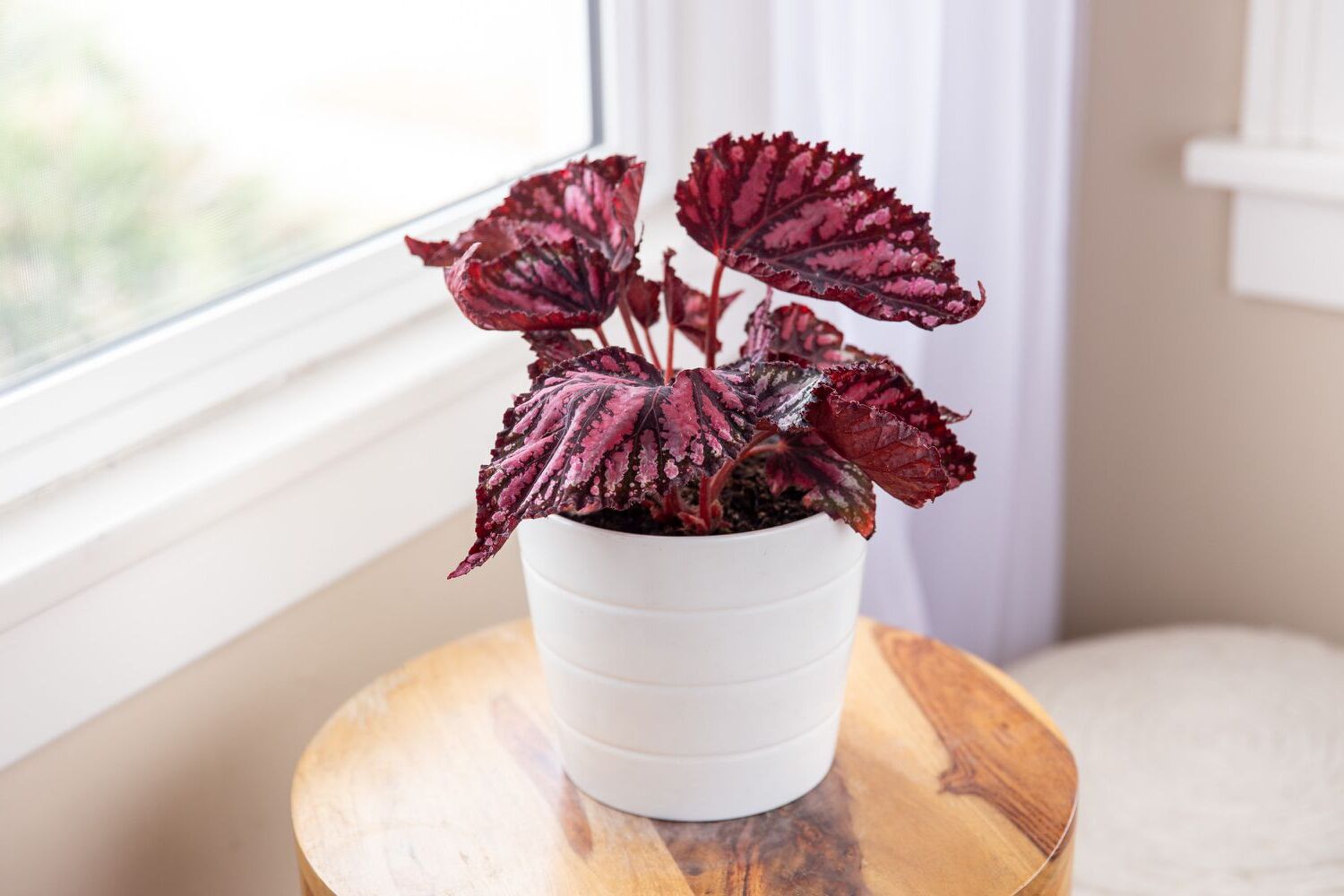

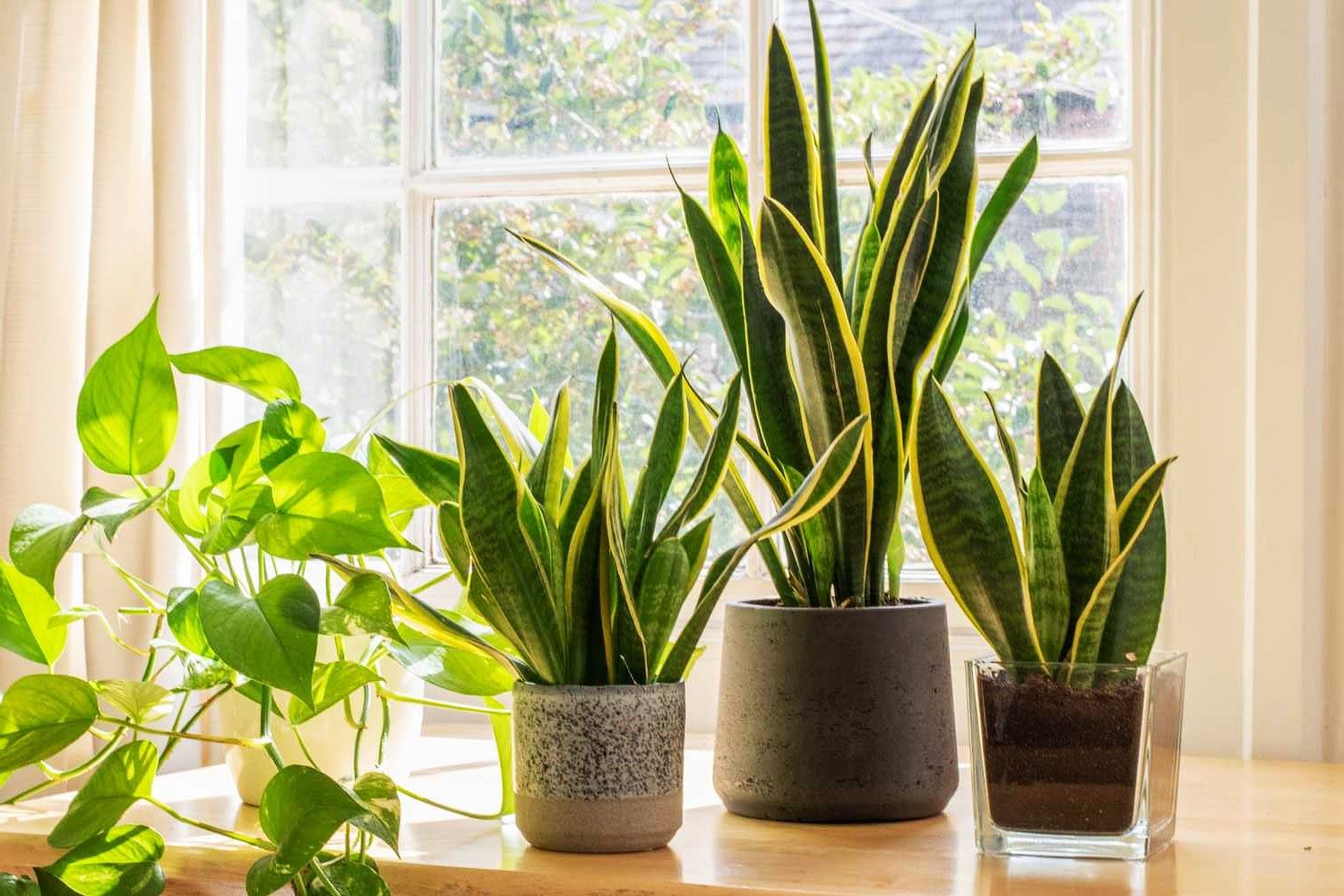
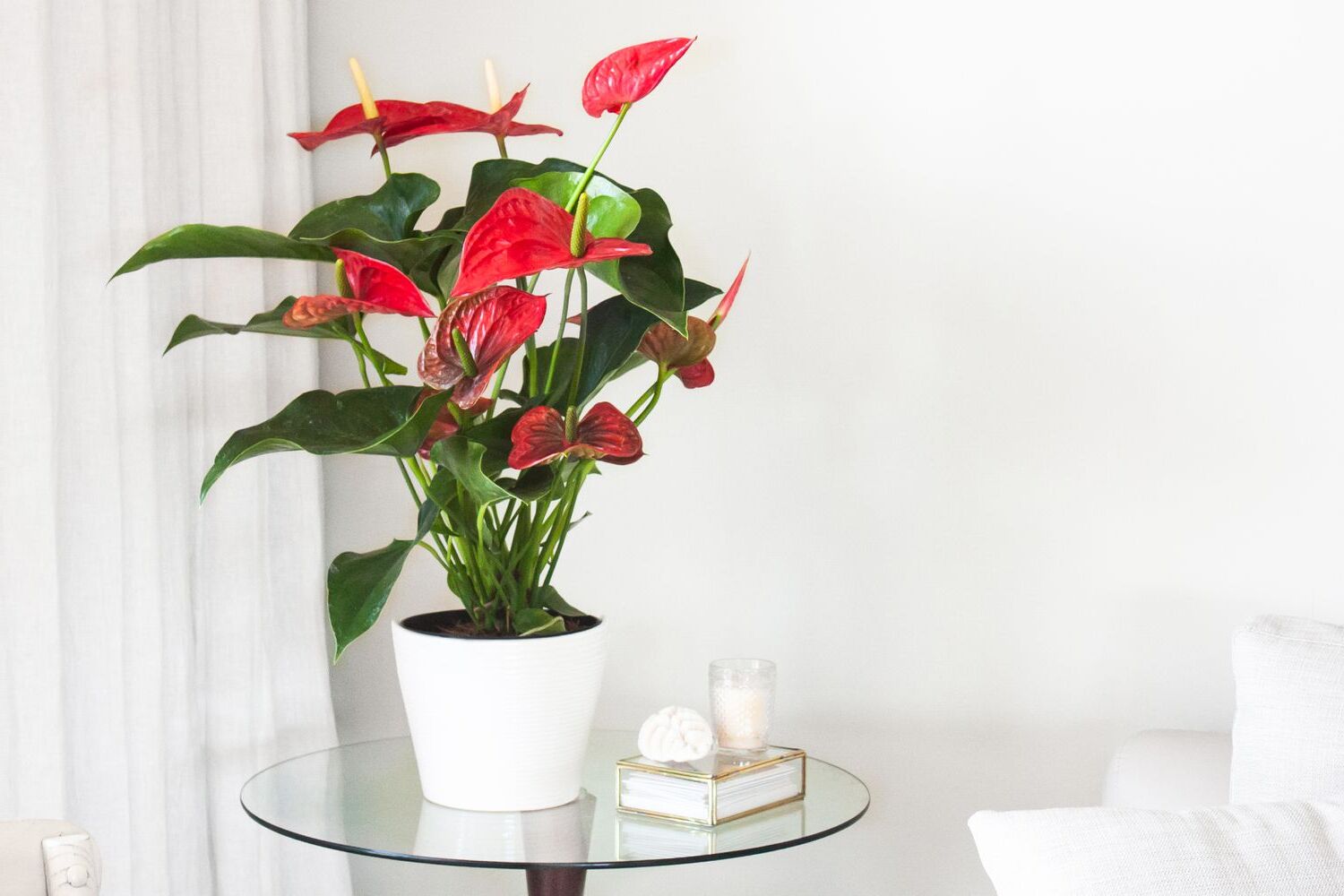
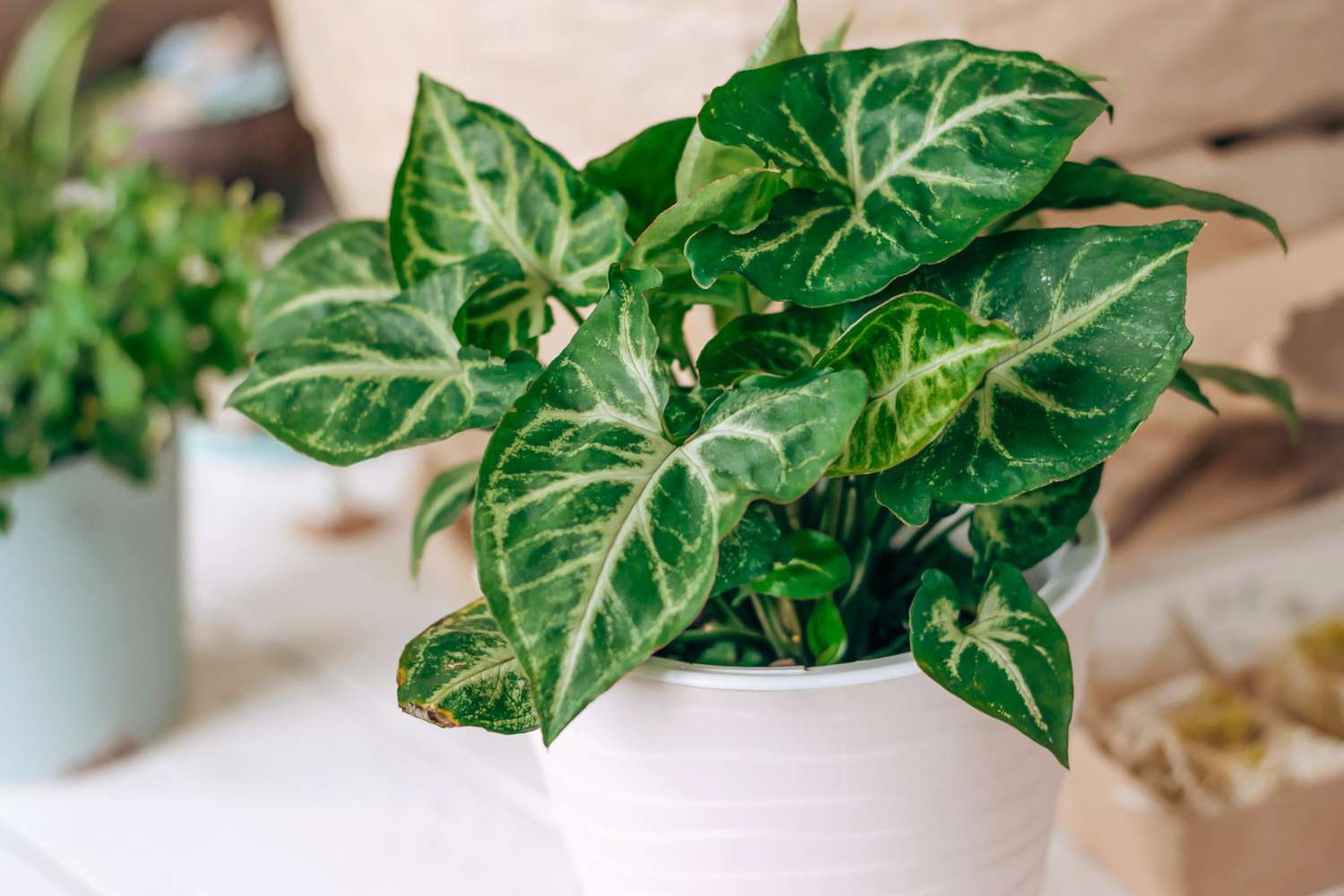
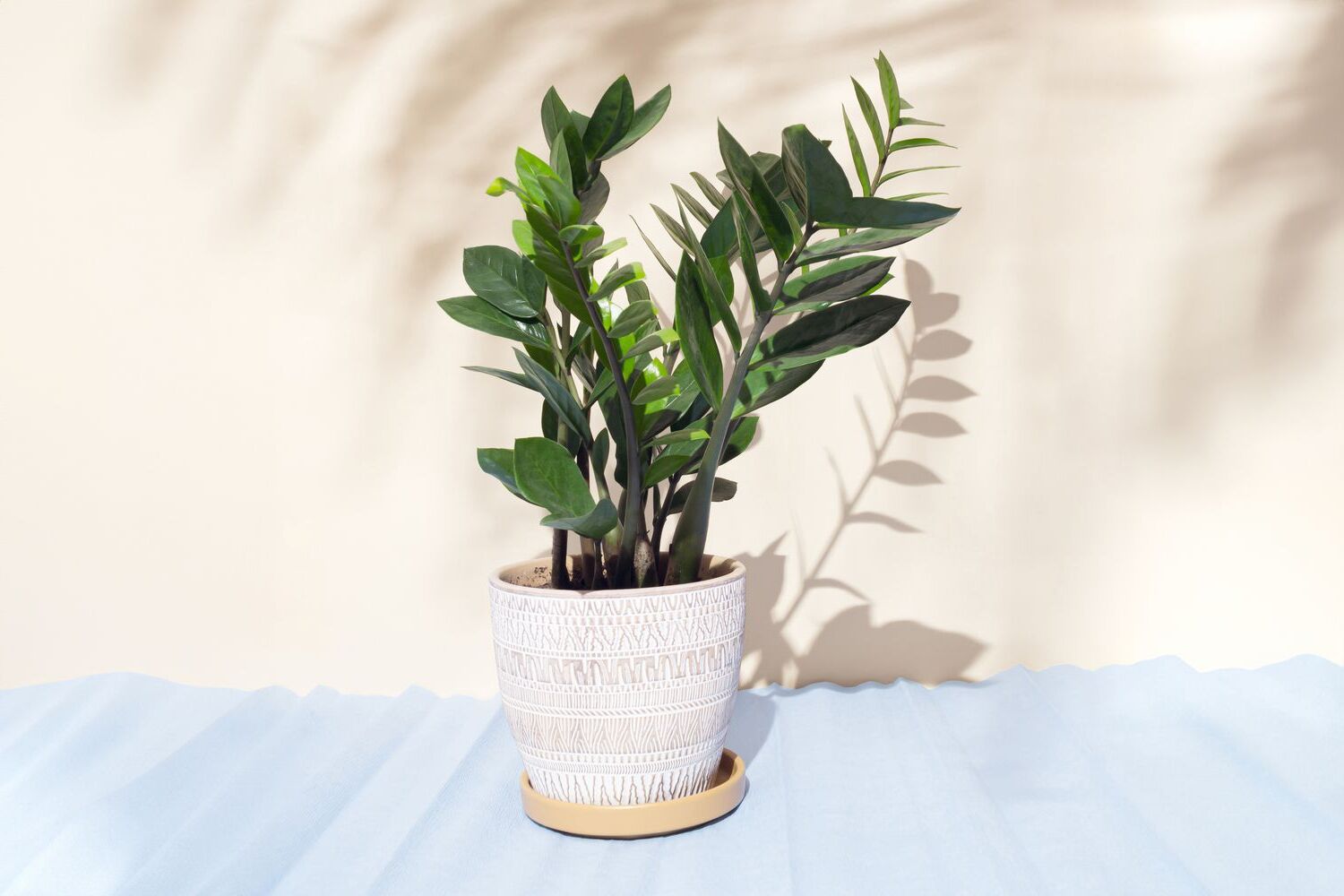
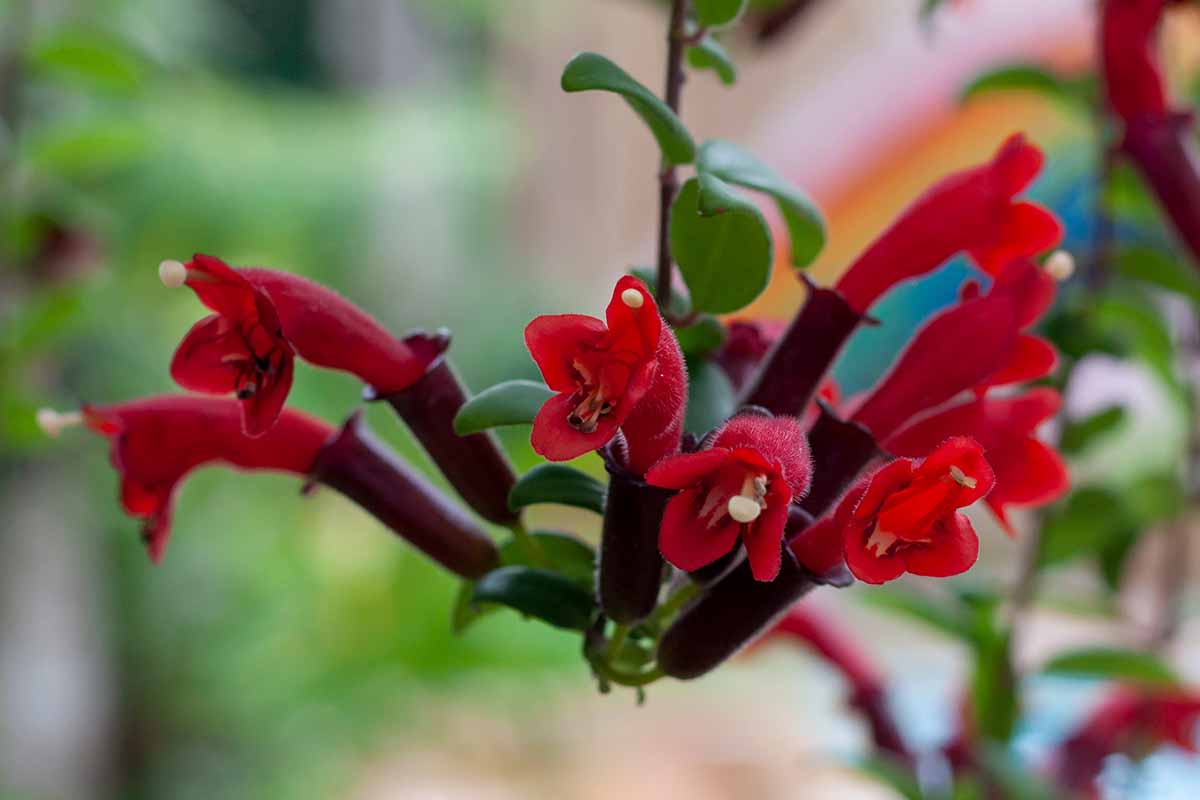
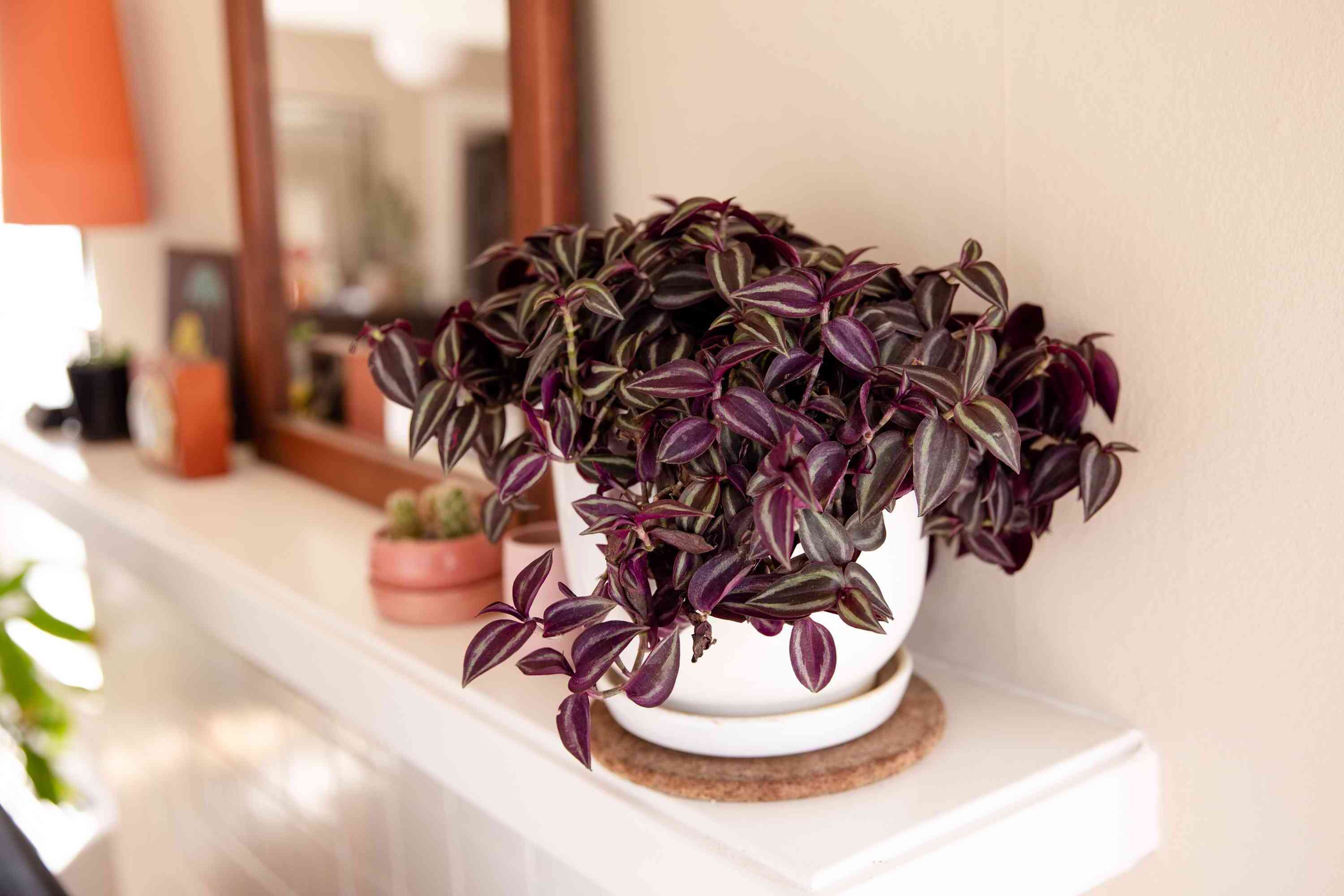
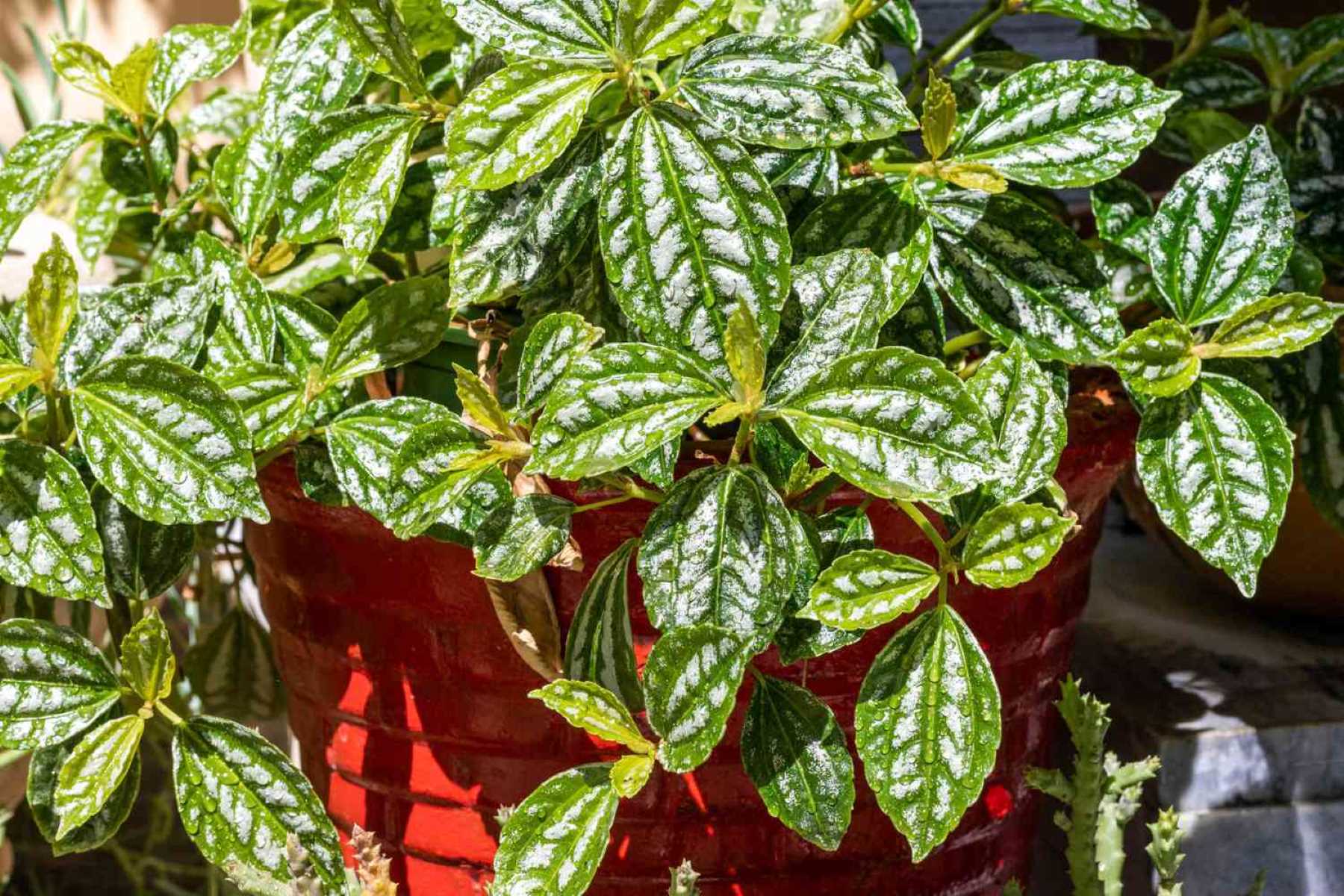
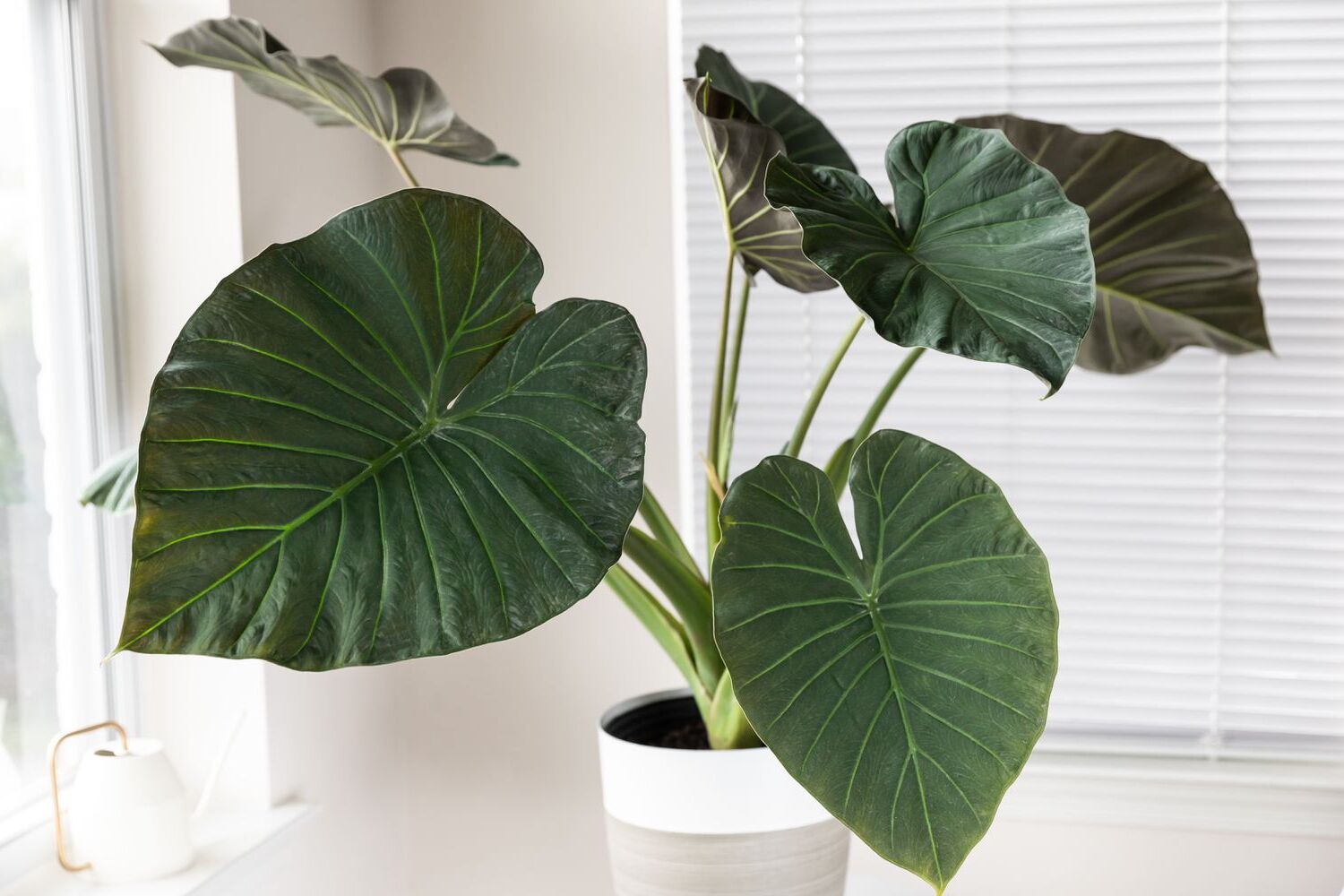
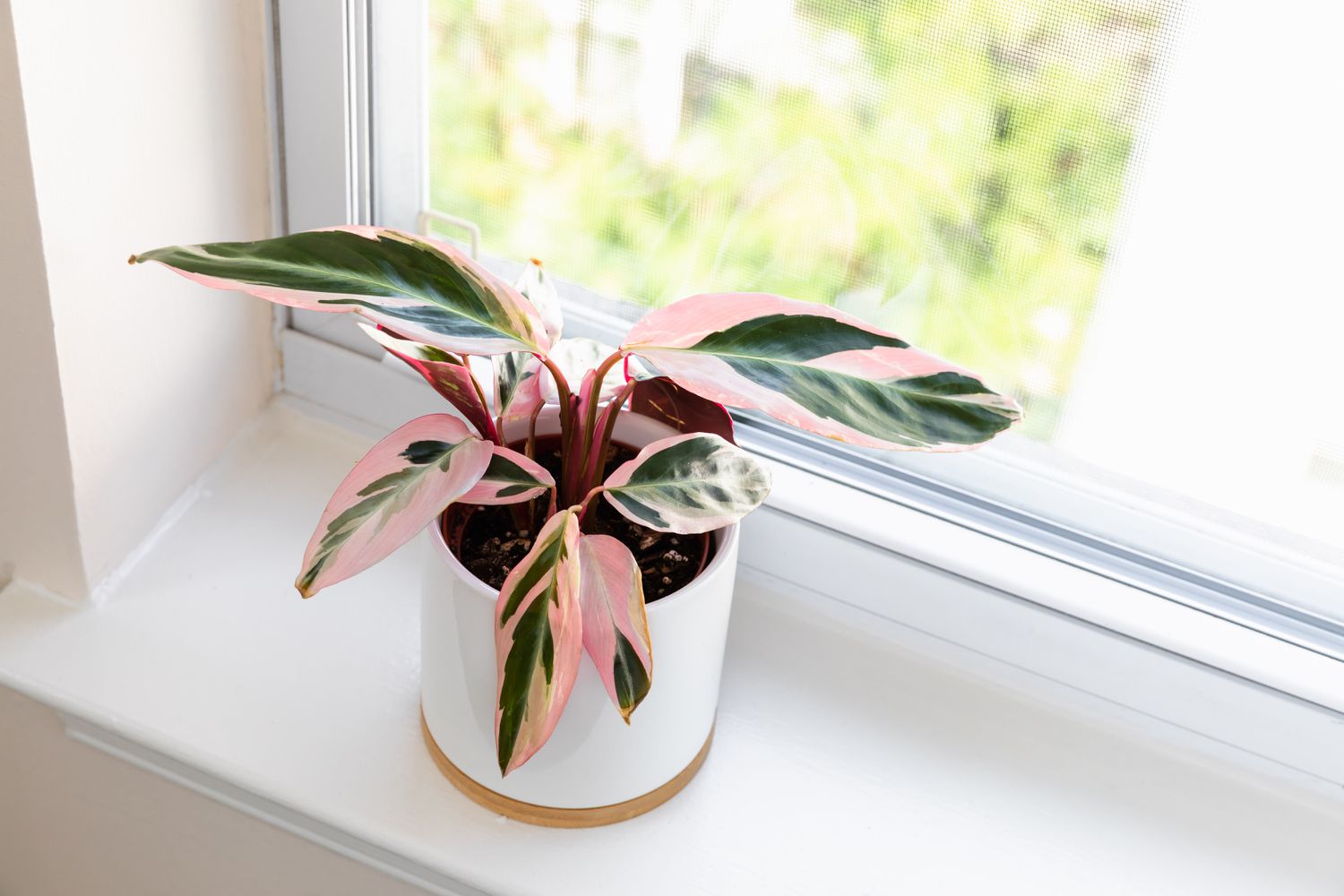

0 thoughts on “Indoor Banana Plant Care Tips: Tropical Foliage Houseplant Guide”